This castle has been highly anticipated by us, we’ve wanted to find the perfect day to enjoy a visit at this famous 12th century Norman castle, serving it’s time as a hunting lodge and a royal residence. Not only does this place have a wealth of ornately decorated architecture and lavish stone work, it tells the story of a treacherous queen who lived here and who is said to haunt the remains, join us and take a walk to discover Castle Rising.

The name castle rising is from Norman and Anglo Saxon origin it develops from a mix of old English and Norman French for a castle close to the settlement and in the doomsday book, rising is a listed settlement, with the village owned by Odo, the half-brother of William the conqueror.
To make your way into the castle ruins, you walk over the bridge between the outer and inner ward and towards the gatehouse protecting the castle. The remains in the gatehouse suggest that there would have been a few floors here as there are traces of a staircase. Most gatehouses have the gatekeeper’s accommodation above and a room for where the portcullis would be hoisted from, other things to note around here are the holes for the drawbar and the intact portcullis slot and also the small room with another set of stairs that would have led to the floor above.
But as you through the gatehouse and into the castle, you’re firstly draw to the very ornate and beautiful keep, this 12th century castle began its life around 1140 by prolific castle builder, William de Alibini, he was a Norman nobleman and fought loyally for King Stephen, who then in turn created him as the 1st earl of Arundel. He also had the direct possession of Arundel castle in Sussex and built a leper hospital near castle rising.

The site consists of this stunning keep, which was actually modelled on Norwich Castle, if you have the time to look it up you can definitely see the resemblances and the shape of the keep. Rising is surrounded by over 12 acres of earthwork defences, but Originally the defences were topped by a perimeter wall. Now very little remains now but the earthworks are in great shape, you can make your way up the earthen banks for an overview of the castle keep and the inner bailey and the stone remains.
The castle was never built for war or for the purpose to defend them, it was always that little bit more than a residence too; it was a statement of wealth, status and power, which was so often the case in those days. It was unclear why the castle was built where it was, but the ideology that there was plenty of Silver Carr available, which was the best building stone in east Anglia you could get your hands on might have swayed William. Interestingly there was great access to the sea and William used this to his advantage when he used the river to bring in Barnack stones from Lincolnshire and Caen stone from Brittany, both these stones were very specialized and sought after which you can see throughout the more decorated parts of the castle.
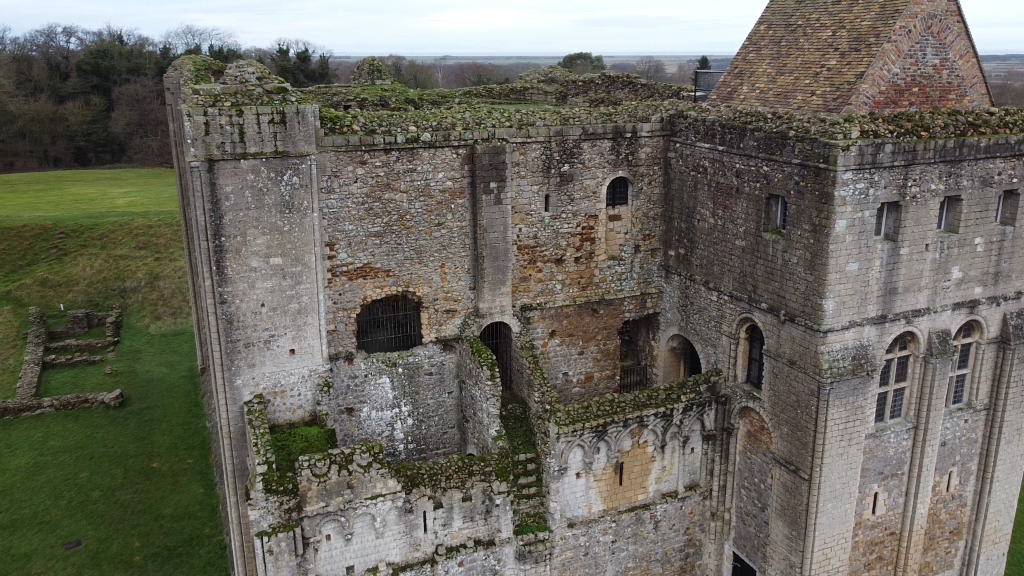
The D’ Albini family line died out in 1243 and the castle and manor was passed on to the Montalt family, who similar to the Albinis were another powerful Norman family. Sadly the Montalts family also passed and died out in 1331, after which it became the ownership of it’s most famous and spoken about resident, Queen Isabella. Isabella was the wife of King Edward II and the youngest surviving daughter of Phillip IV of France and Joan I of Navar, Isabella was known for her beauty and intelligence and was portrayed as being a femme fatale on many occasions, breaking point for the couple followed on when Edward had close ties with Hugh Dispenser, Isabella could not stand him and chose to find happiness in a relationship with exiled marcher lord, Roger Mortimer, it was unclear when this relationship started but it was very clear that the both of them wanted to see Edward and the Despenser’s moved from power.
Even though she wasn’t the direct killer, or murderer, it’s likely that she would have been involved in some way with the death of her husband, Edward died during the night of September 21st at Berkeley Castle where he was imprisoned and possibly murdered on the orders of the new regime, later speculations say that if Edward wasn’t murdered then his death may have been from depression following his imprisonment.
Many people assumed that Isabella became a prisoner at castle rising, but she was never imprisoned, she made castle rising her home and residence for many years to come, new buildings were created for her in the grounds and the foundations of these dwellings can be see just outside the main structure of the keep. It’s been noted that Isabella spent a lot of time travelling outside of her residence and was often visited by her son King Edward III and the Black prince, who was her grandson, both the king and the prince spent their time at the castle hunting and indulging in falconry. It was after her death in 1358 that the castle was still being used for entertaining but fell into disrepair during king henrys VIII’s reign.
Later in a major exchange of land between King Henry and the third duke of Norfolk, the castle became the property of the Howard family. Thomas Howard was infamously the uncle of both Catherine Howard and Anne Boleyn who were the two queens of England executed by Henry VIII. The family added no repairs or additions to the castle and it was used mainly by lords to provide some building material for other buildings in the manor. It was also used for a number of years by squatters who had gained their access through holes in the wall that they had made. Later on in the 19th century the castle was restored by the Howard family, who let the English heritage carry out extensive excavation and restoration works too, but ultimately the castle still belongs and is in ownership of the Howard family.


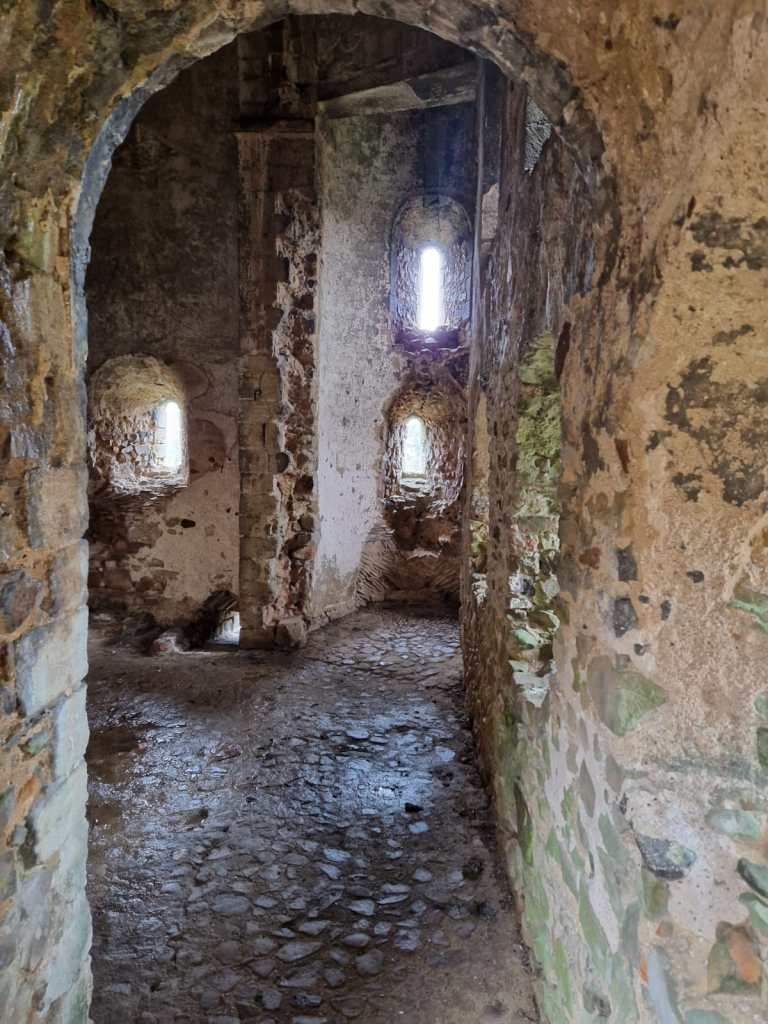
Our journey into the keep starts with the basement level, it’s so beautiful how weathered this roofless keep is, it adds to that haunting atmosphere. You’re able to gaze up at the various windows, fireplaces and had the great chamber above. This was an area where they kept all their storage, it was never used for prisoners or servants. Going through into the other side of the basement, this room was used again for more storage, the castle had ties with its agriculture so it would have been very well supplied from locally sourced vegetables and ingredients to keep the castles inhabitants well fed; there is also a deep well in the middle of this room which would have been the main water source for the castle.
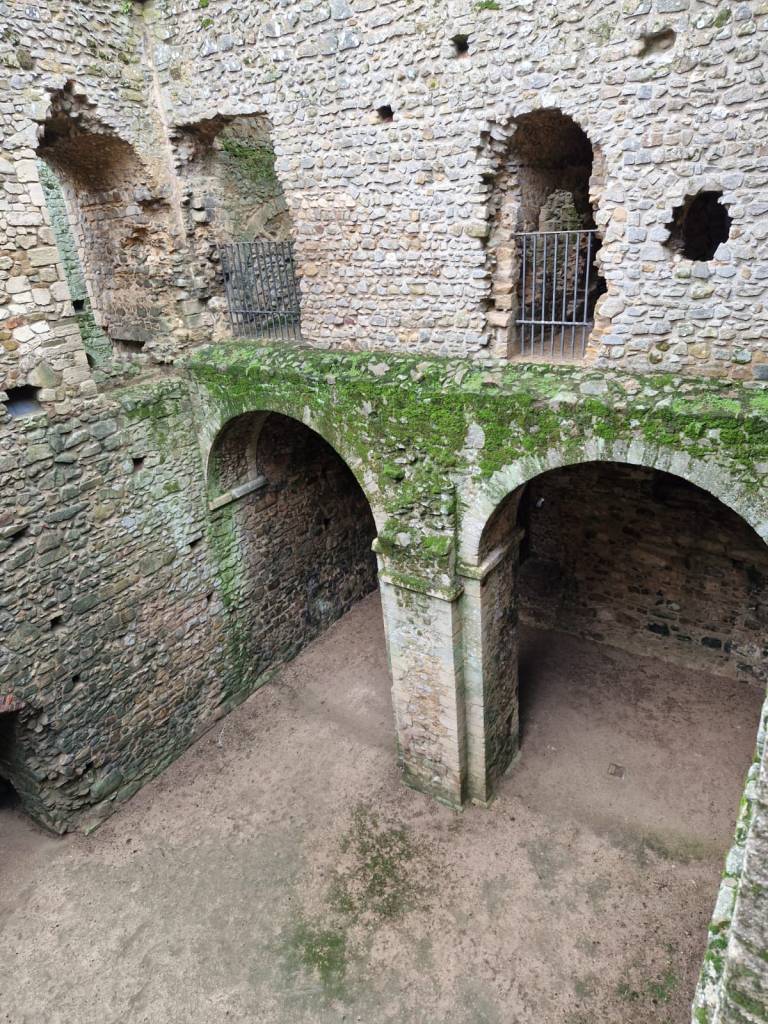

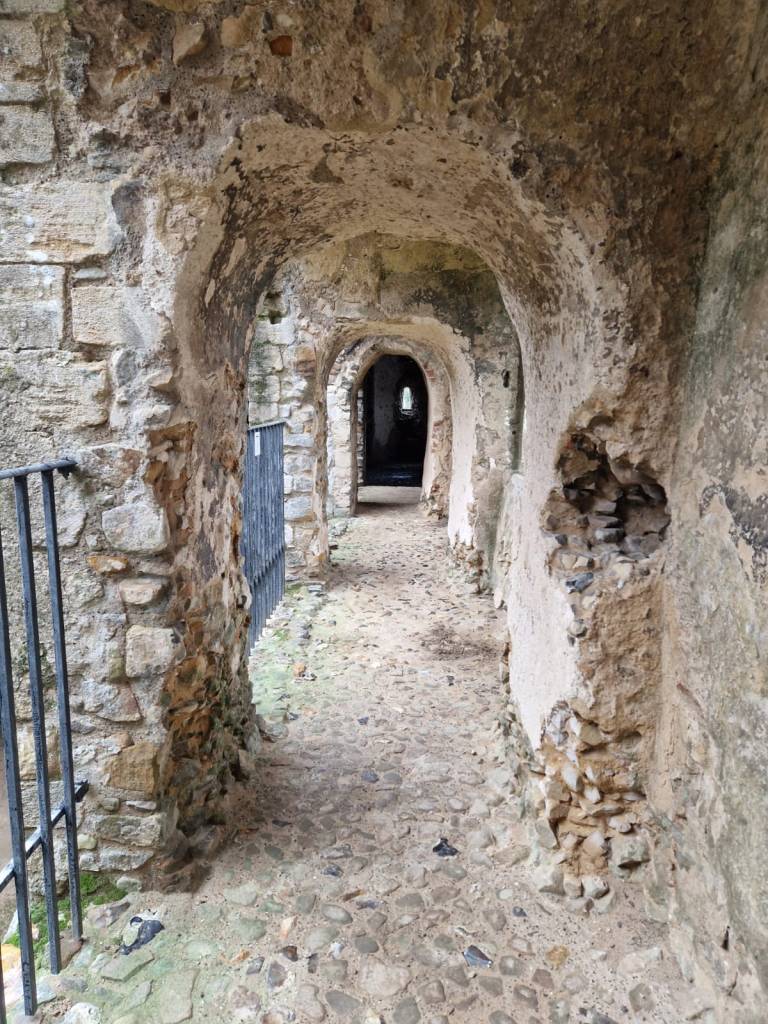
After ascending the stairs we are greeted with an overview of what was once the great hall, but before we explore that, we take a wander down the dense wall passage that was set into the thickness of the walls after the great hall floor had collapsed in the 16th century, this was the easy route to take you into the hall’s very small kitchen, surely a kitchen of this size wouldn’t be sufficient for the amount of guests that would have enjoyed a feast here, but this is why later on we will show you the additional kitchen range that was built. Just through a passage next to this kitchen was the garderobes, making sure that the guests would have comfortable and convenient routes for the toilets whilst being wined and dined.


Coming back through and seeing across the floorless, shell of a grand hall, it would have been the largest and obviously the most beautiful decorated room in the keep, even with it’s floors and ceilings disappearing you get to imagine life in the 12th century when the lord or lady would have sat on their thrones delivering judgements, giving out their orders or ruling at the high table during their grand feasts, It was recorded here that in this room famous guests, such as Edward the black prince and King Edward III had royal feasts here and listened to the sounds of medieval minstrels music.
Standing inside the chapel, which was attached to the great chamber and you can see the vestibule, which would have been a small area for some holy items to be placed, including the bible, this room would have more than likely been the area for the lord and lady to do their private blessings and prayers in peace.

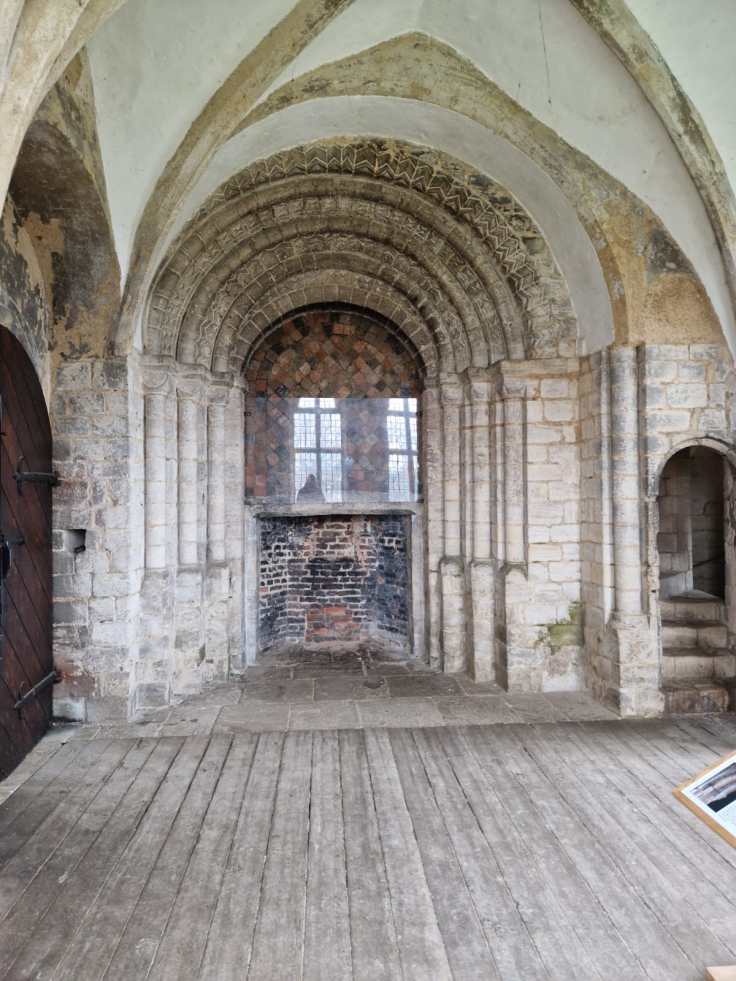
The white room as it’s known is quite unusual when you step inside, it doesn’t match the other interior of the keep, and if you have a good look around you can see the various patterns in the floor tiles that we thought was quite interesting. This then leads onto the upper chamber, which was the only room on this floor. Sadly we climbed the stairs to be met with a locked door.
Back in it’s hey day, guests would have walked into the forebuilding and up the grand stairs to the waiting room where you are firstly drawn to the beautifully decorated Norman archway, this was once the original doorway into the great hall beyond, but now is a 16th century fireplace with stunning detailing with a dog tooth zig zag pattern around the pillars. The tiles behind the Perspex glass on the fireplace were found in a kiln near Bawsey and placed here in the 19th century.
From what people have researched and know about how Isabella liked to furnish her home, her apartment was decorated with black carpets and white walls and her books were made here for her private library. Isabella enjoyed hawking in the castles deer park, as did her son. But the remains of her apartments are of stone foundations near the 15th century kitchens just outside the keep, her buildings included an outer chamber that was connected by a corridor to private chambers and a ensuite toilet. The larger remains are of the external kitchen that was first built in the 13th century but then later added to to provide newer features and upgrades, like the ability of being able to smoke the food. The guests enjoyed sumptuous meals and feasts, such as game, swan and wild boar.
Within the inner bailey the remains of an early Norman Church can be seen. Discovered in the early nineteenth century when the bailey was being cleared of accumulated sand and soil, it is the earliest building within the site, pre-dating even the castle itself. Dating from around the late eleventh century it is thought to be the first parish church of Rising as there is no other parish church to be found and was probably replaced by the current twelfth-century church when the castle was founded.
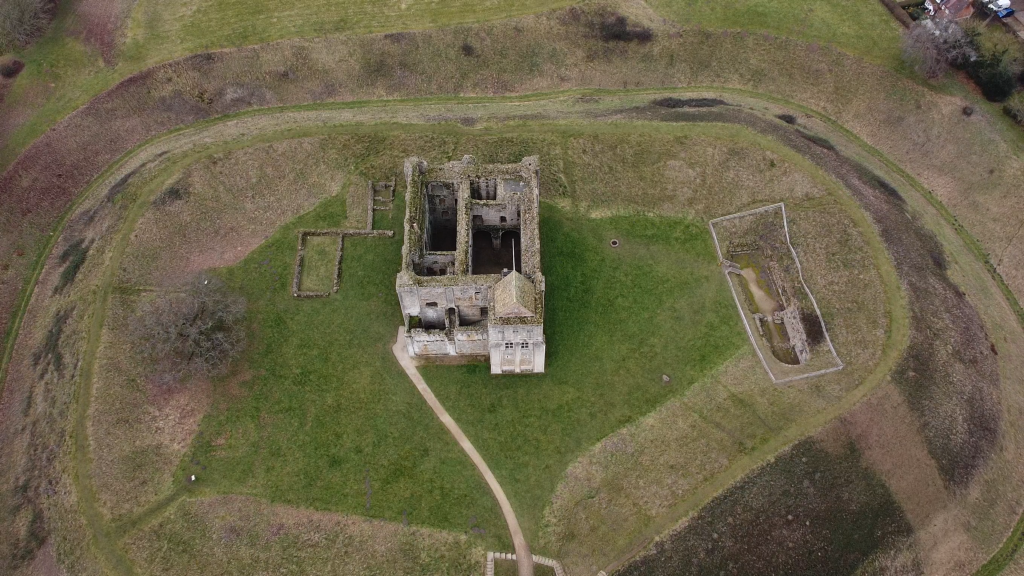
One thing I love about castles is that they can be anything from complete and liveable to ruined and romantic, this has a bit of both and throws in a theme of being haunted too by a former resident, Queen Isabella who is said to wander the keep, with her sprit still going by the name of the She wolf of France. As with many paranormal stories it will always be a grey area until proven right or wrong, but legend has it that she haunts the castle with her pet wolf, her dress swishing on the steps just outside the white room and sounds of a faint wolf howling through the air. She is mostly said to haunt the upper rooms of the keep, especially again in the white room where she would spend most of her time sewing. When visiting the keep, especially alone like we were you definitely get a aura of coldness and a sad feeling, which could have well been Isabella, making her presence known.
Some ghost hunters who have spent the evening here have claimed of cackles and screams echoing through the corridors of the castle, as well as the sounds of children crying and tapping at the windows. All in all, this keep has a beautiful but sombre feeling to it but it’s so intriguing to explore, and it wouldn’t surprise me in knowing that there were some lingering sprits making their home here.

We’ve really enjoyed visiting, experiencing and exploring the unspoilt ruins of castle rising, we came out of season, so the place was empty and atmospheric, we have memberships with English heritage so our visit here was free, and although the place was unmanned at the time of visiting, on weekends and in peak times the shop and entrance fee resumes, at the time of this video its £5 to enter for adults, £3.50 for children but be wary there aren’t many facilities on site, luckily, the local village of rising is just under 5 minutes’ walk from the castle and there is a beautiful cosy tea room and a lovely pub named the Black horse Inn, worth popping into if you’re wanting refreshments in the area, otherwise pack a picnic and sit amongst the ruins and enjoy.
The ruins arnt accessible for wheelchair users inside the keep but you can still get a great overview of the decorated castle from the outside and be able to explore the stone remains around the grounds. Parking here is free and plentiful and it’s best to check the English heritage website for opening times as they vary throughout the year. A trip to Kings Lynn isn’t complete without a wander at Castle rising, you can also take a wander to our previous visit at St James Ruin, or Sandringham castle which is a 6 minute car journey away from rising.
If you liked the blog please hit that like button, watch the full video below and consider subscribing if you haven’t already.
Till Next Time!
Discover more from Pinned on Places
Subscribe to get the latest posts sent to your email.

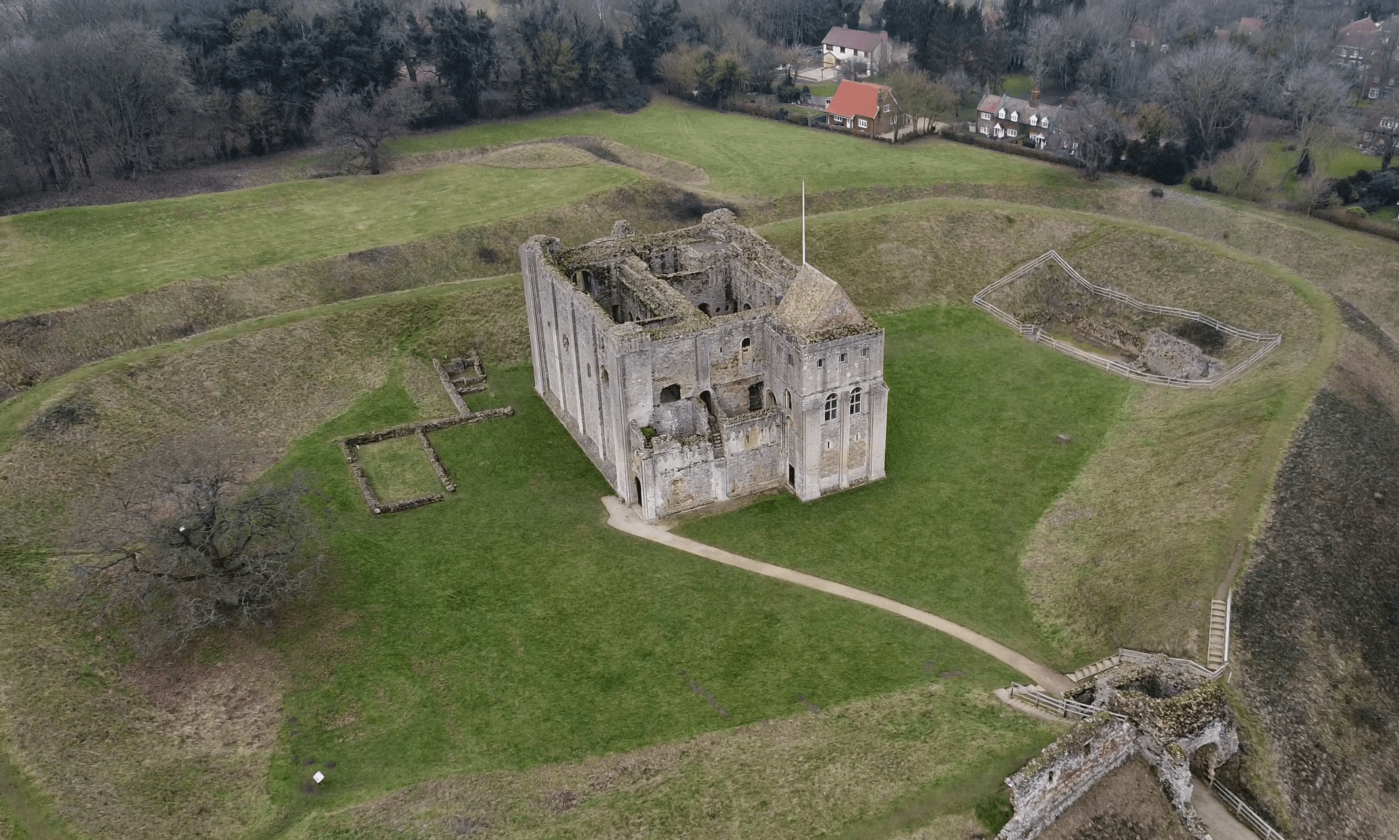
Leave a comment